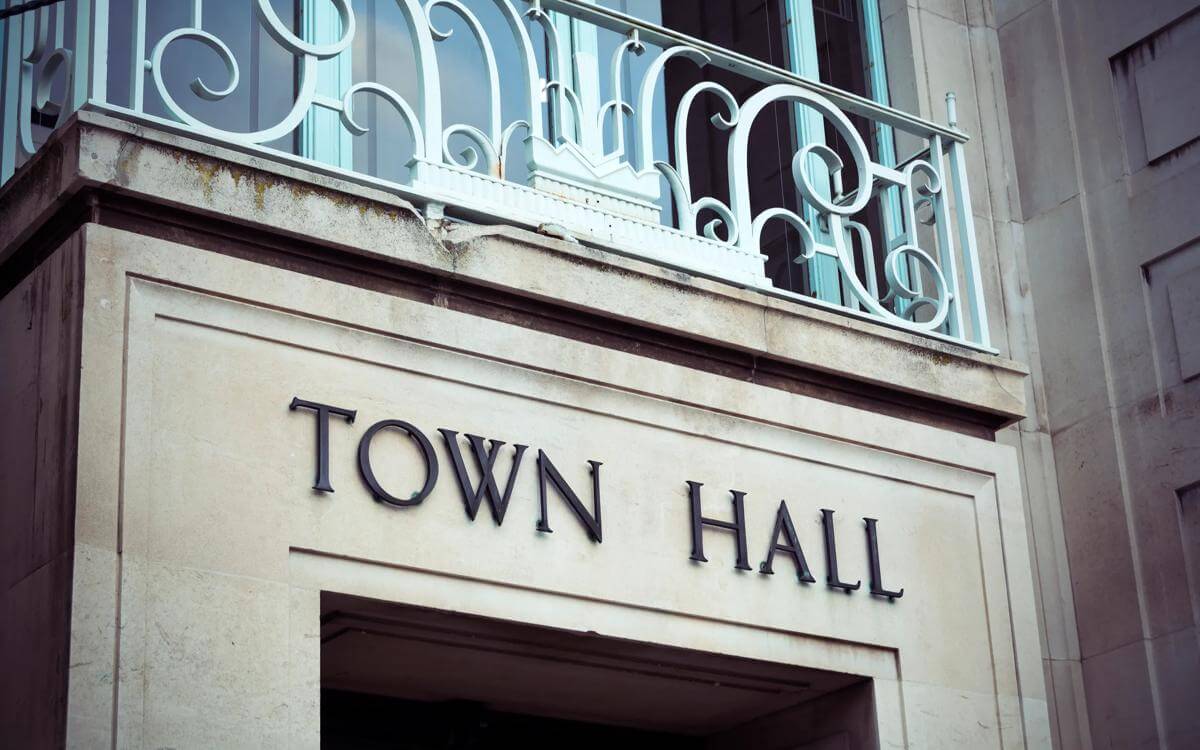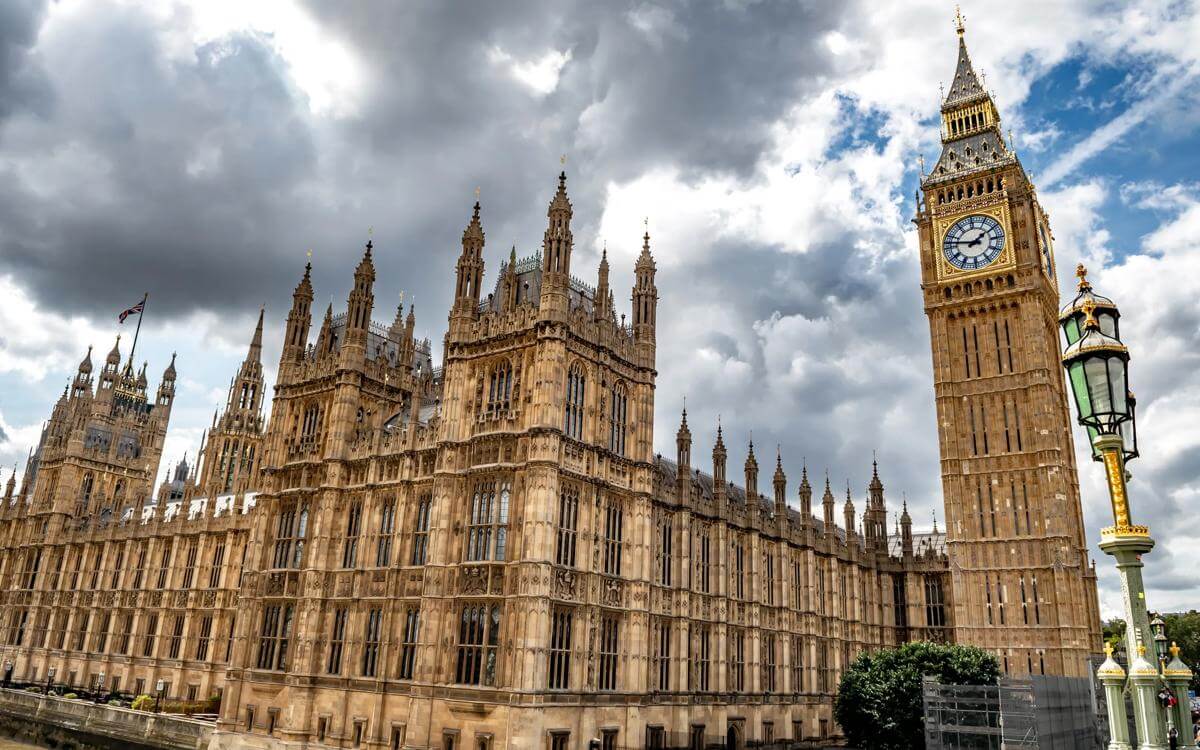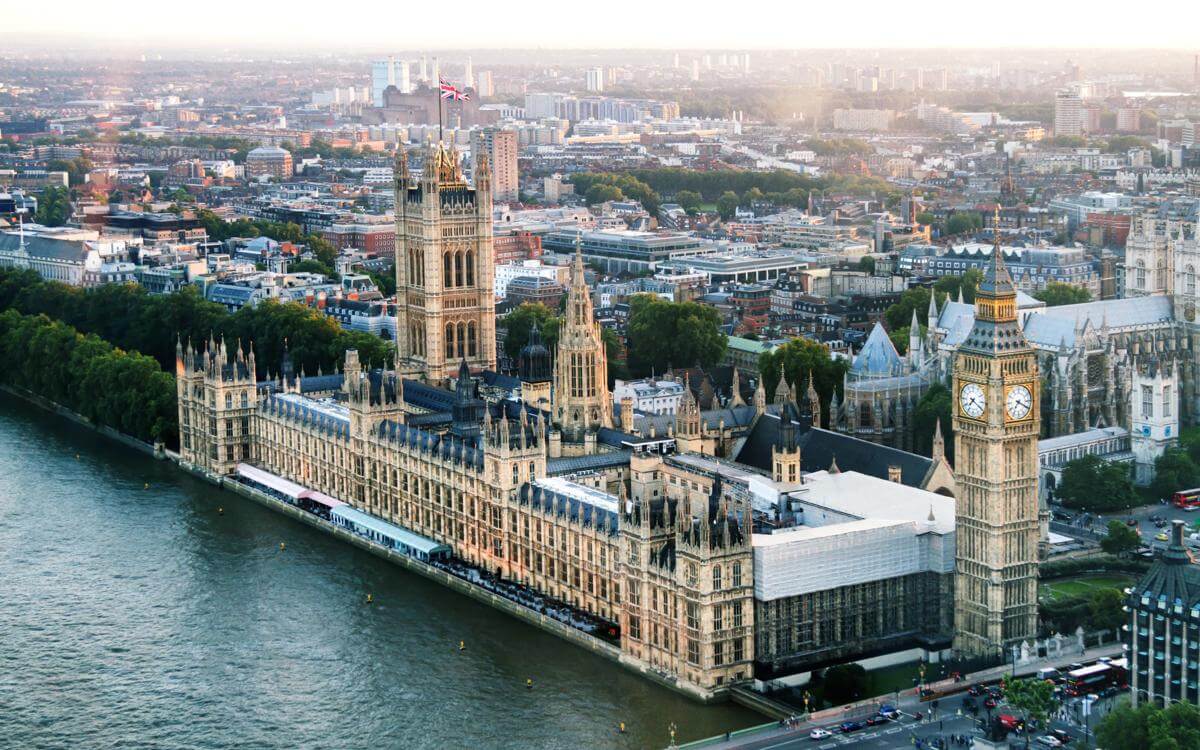Clarification from the Supreme Court on statutory incompatibility in village green registrations
On 11 December 2019, the Supreme Court handed down its decision in the conjoined appeals of R (on the application of Lancashire County Council) v Secretary of State for the Environment, Food and Rural Affairs and another, and R (on the application of NHS Property Services Ltd) (Appellant) v Surrey County Council and another [2019] UKSC 58.
This article is taken from December's public matters newsletter. Click here to view more articles from this issue.
On 11 December 2019, the Supreme Court handed down its decision in the conjoined appeals of R (on the application of Lancashire County Council) v Secretary of State for the Environment, Food and Rural Affairs and another, and R (on the application of NHS Property Services Ltd) (Appellant) v Surrey County Council and another [2019] UKSC 58.
Both appeals related to decisions to register land held by public authorities as village green land under the Commons Act 2006 (‘the Act’). The effect of registration is that the land in question would be subject to public rights attaching to a village green (preventing the public authority landowners from, inter alia, restricting public access, developing or enclosing the land).
The Lancashire appeal related to four parcels of land broadly adjacent to Moorside Primary School (which, coincidentally, your author attended) in Lancaster. A local resident applied to have those parcels of land plus a fifth registered as a village green under the Act. As the county of Lancashire is part of a pilot scheme, this application was considered by an independent inspector. The inspector determined that four of the five parcels should be registered as village greens. The County Council - who had opposed this registration on the basis that the land was needed for educational purposes such as playing fields and school expansion, and that registration would prevent this use - judicially reviewed the inspector’s decision. The County Council was unsuccessful in both the High Court and a subsequent appeal to the Court of Appeal. The County Council appealed to the Supreme Court.
The Surrey case related to land held by NHS Property Services for a hospital in Surrey. The local authority, Surrey, granted an application for registration of the land, but the High Court quashed the registration, finding that the local authority had failed to properly consider the question of statutory incompatibility. Surrey appealed to the Court of Appeal, which heard the case with the Lancashire case and upheld the appeal. NHS Property Services appealed to the Supreme Court.
Central to the Supreme Court’s determination of the matter was interpretation of a previous Supreme Court judgment on village greens and statutory incompatibility, given just four years earlier, in the case of R. (on the application of Newhaven Port and Properties Ltd) v East Sussex CC [2015] UKSC 7, [2015] A.C. 1547, [2015] 2 WLUK 801 (‘Newhaven’).
In finding for the Appellants on overturning the decision of the Court of Appeal, the majority (three) of the court found that Newhaven should be interpreted as finding that land which was acquired and held by a local authority in exercise of general statutory powers should not be registered as a village green where the use of that land as a village green was incompatible with the use for which it was acquired. The test in Newhaven was not whether the land had been allocated by statute itself for particular statutory purposes, but whether it had been acquired for such purposes and was for the time being so held.
In two powerful dissenting judgments, Lady Arden and Lord Wilson rejected the analysis of the majority. Neither believed the test could be a purely legal one, as advocated by the majority, and must include an application of the factual picture. Lady Arden believed that the land in question must be shown to be used, or reasonably foreseeable as being used, in a way that would be incompatible with the public rights acquired by registration as a village green. Lord Wilson believed that Newhaven provided an exception to the general rules of registration for village greens under the Act and cautioned against interpreting exceptions too widely. Lord Wilson did not believe that the educational and health purposes for which land might be held were incompatible with the general provisions of the Act.
The decision is likely to have far reaching consequences in the sphere of village greens. Given that much of the land which might have been amenable to registration as a village green is likely to be held by public authorities, the reach of the Act going forwards is substantially reduced. All public authorities must now do to defeat a registration is show that the general statutory purpose for which the land was acquired is incompatible with registration as a village green. This will be much easier to do than showing that such land is in fact being used, or it is reasonably foreseeable that it will be used, for purposes which are incompatible with registration as village green. Moreover, in principle public authorities may now be able to review land previously registered as a village green and look to deregister it in light of the judgment. This is however unlikely to be a simple process and may be subject for further judicial treatment.
For these reasons, the decision is also likely to be a controversial one. This, and the fact that the senior courts have now grappled with this issue on multiple occasions, indicate that this may not be the last clarification of the law on village greens and statutory incompatibility.
Contact

Mark Hickson
Head of Business Development
onlineteaminbox@brownejacobson.com
+44 (0)370 270 6000








































